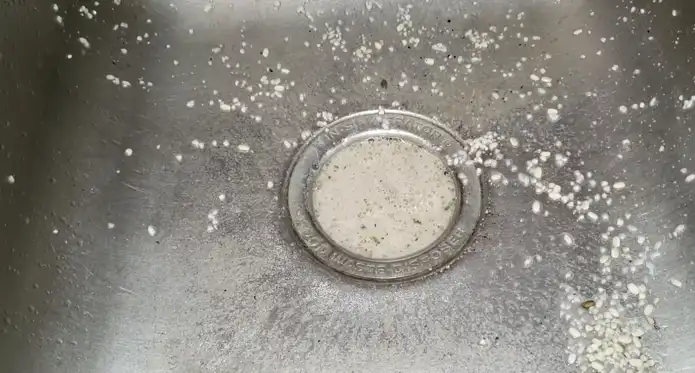Last Updated on August 28, 2023
When you wash the rice in your kitchen sink, some of the small grains will likely end up going down the drain. There may be instances in which rice is accidentally dropped into the drain.
Whenever this occurs frequently, your drain may become clogged. If you have a clogged drain and rice is the root cause, there are a few ways that you can clear the blockage and get your drain flowing freely again.
One method is to use a baking soda and vinegar mixture. We will provide you with instructions on how to clean the drain clogged with rice using different methods. This will help you unclog your drain without having to call a plumber.
How to Clean Drain Clogged With Rice: 5 Methods
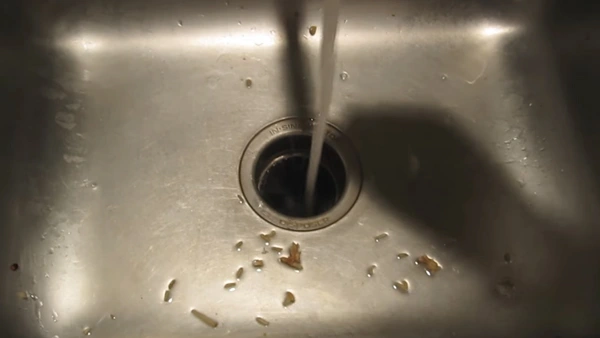
Various methods are available for clearing clogged drains. You can use any of the methods we have mentioned below to unclog your drain.
All of these methods are safe and will not damage your plumbing. Let’s take a closer look at some of the methods available for clearing a rice clogged kitchen drain.
Method 01: Use Baking Soda and Vinegar
This is one of the most common methods for clearing a clogged drain with rice. The advantage of this method is that it is very effective and does not require the use of any harsh chemicals. Baking soda and vinegar are common household items, so you will not have to go out and purchase anything special.
To use this method, you will need to mix one cup of baking soda with one cup of white vinegar. Once the mixture is ready, pour it down the drain. Allow the mixture to sit for 30 minutes.
Pour warm water down the drain after the required time has passed to flush away the clog. Hopefully, your drain will now be clear. You may repeat this procedure if your drain remains clogged.
Method 02: Use Drain Snake
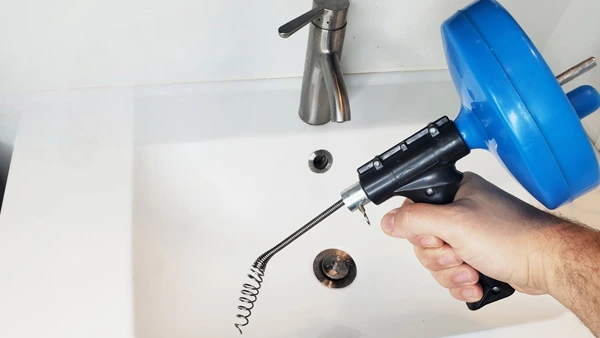
A drain snake can also be used to clear rice-clogged drains. It is a long, flexible rod used for drain cleaning. A rotatable handle is attached to one end of the tool, and a coiled wire is attached to the other. The wire end is inserted into the drain to break up the sink clog.
The benefit of having it is its versatility. You can even use it to clean storm drains outdoors, and even driveways. It can be used in a variety of ways that will help you get your cleaning done efficiently and quickly.
To use this tool, the first step is to remove the drain cover. Next, insert the drain snake into the drain and turn it clockwise. The drain snake will push the rice through the drain and clear the clog. To ensure that all rice is removed from the drain, flush it with water.
Method 03: Use a Plunger
The plunger is another effective tool that can be used to clear a clogged sink. It consists of a rubber cup that is connected to a long handle. The cup is placed over the drain, and the handle is pushed and pulled up and down. This action creates suction that helps to dislodge the blockage.
Add some warm water to the sink and allow it to sit for a few minutes. This will help to soften the rice and make it easier to break up. Then, place the plunger over the drain and plunge up and down vigorously.
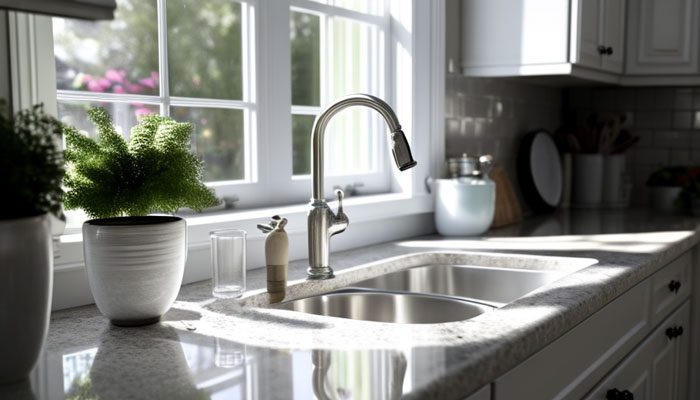
Be sure to keep a tight seal so that all of the suction is focused on the rice. After a few minutes of plunging, the rice should be loosened enough to flush down the drain. If necessary, repeat this process until the sink is clear.
Method 04: Use a Wet/Dry Vacuum
If you have a wet/dry vacuum, you can use it to clear your clogged drain. This method is very effective, but it may require a little more effort than some of the other methods.
It is necessary to remove the wide attachment from the vacuum pipe. Because of the sink’s small hole, the attachment will not fit.
Once the attachment has been removed, the vacuum pipe can be easily inserted into the drain. You need to be sure that the vacuum is turned off before inserting the pipe.
Upon placing the pipe in the drain, turn on the vacuum. The suction will help to dislodge the rice and clear the clog. When you are finished, turn off the vacuum and remove the pipe from the drain. Flush the drain with water to remove any residual rice.
Method 05: Use Drain Cleaner
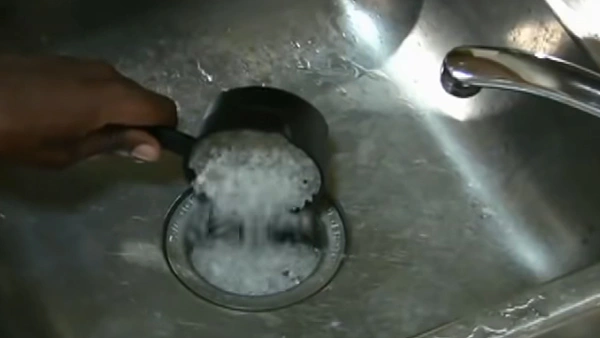
To clear your clogged drain, you can also use a drain cleaner. It is important to take caution when using this method, as some drain cleaners are excessively harsh and may damage your plumbing.
It is recommended that you use an eco-friendly drain cleaner in order to avoid this problem. Eco-friendly drain cleaners are made from natural ingredients and are safe for your plumbing.
Depending on the type of drain cleaner, there are different ways to use it. There are several types of drain cleaners available, including liquid, powder, and solid. Liquid or powder drain cleaners are the best methods for clearing rice-clogged drains.
If you decide to use a liquid drain cleaner, it is important to follow the instructions provided on the package. Depending on the severity of the clog, you will need to use a different amount of drain cleaner. After pouring the drain cleaner into the sink, let it sit for 30 minutes to an hour before flushing it away with water.
Powder drain cleaners work in a similar way as liquid drain cleaners. But instead of pouring the powder directly into the drain, you need to mix it with water first. Mix the powder and water together and pour the mixture into the sink. After 30 minutes, flush with water.
Both liquid and powder drain cleaners are effective in clearing rice-clogged drains. But you need to be careful when using them, as they can be harmful if used incorrectly.
What Can Be Done to Prevent Future Clogs?
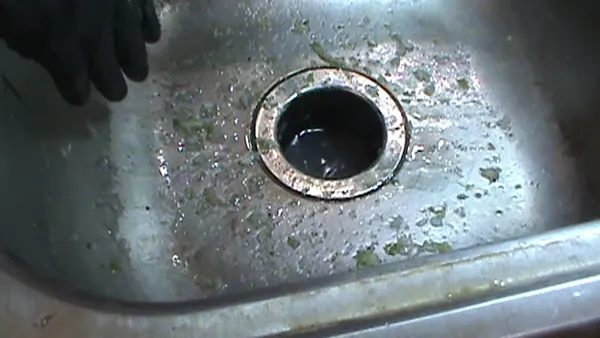
You can do several things to prevent your drain from becoming clogged with rice again in the future. To ensure that your drain remains clear, you may follow these tips:
1. Use Sink Strainer With a Fine Mesh:
One way to prevent this from happening is to use a fine mesh sink strainer. This will allow water to flow through the strainer while trapping the rice in the mesh.
Therefore, the rice will be prevented from entering the drain and causing a clog. Make sure to clean the sink strainer regularly, so it does not become clogged itself.
2. Use Extra Mesh Bowl:
After washing the rice, pour the existing water into the mesh bowl. This will help to catch any small pieces of rice that might escape the colander.
Once all the water has drained away, transfer the rice to a pot or other cooking vessel. Be sure to use a mesh bowl that is large enough to prevent the rice from falling through.
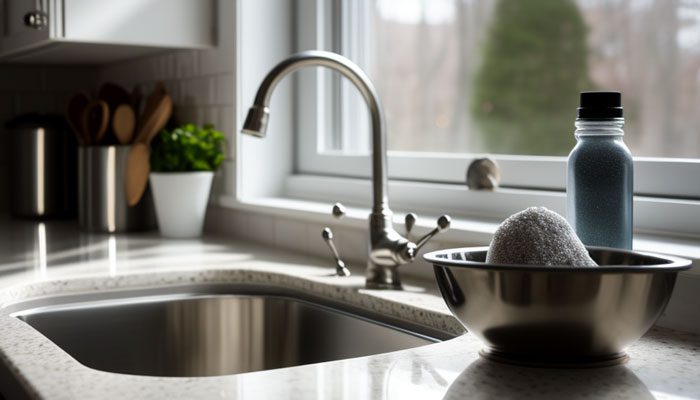
3. Use Eco-Friendly Drain Cleaner Periodically:
You can also use a natural drain cleaner periodically to keep your drains clear. This will help to remove any buildup in the pipes and keep the drain free-flowing.
There are several different eco-friendly drain cleaners on the market, so be sure to choose one that is effective and safe for your home.
4. Avoid Pouring Grease Down the Drain:
One of the main culprits of clogged drains is grease. When hot grease cools down, it can solidify and cling to the sides of the pipes.
Due to this, it can trap food and other debris, causing a clog. To avoid this, make sure to pour any grease into a container and dispose of it in the garbage disposal.
Can You Pour Hot Boiling Water Down the Sink Drain?
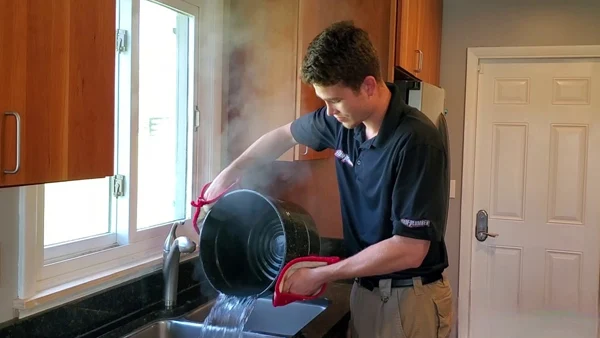
It will depend on the type of sink drain you have. To clear a clog in a metal sink drain, you can flush it with boiling hot water.
On the other hand, if you have a plastic sink drain, you should not flush hot water down the drain as it can melt the plastic. The best course of action is to avoid pouring hot boiling water directly down any type of sink drain in order to prevent any potential deterioration.
When you boil water on a water heater, wait for it to cool down a little before you pour it. This will help to loosen the clog without damaging the drain pipe.
Will Bleach Unclog a Drain?
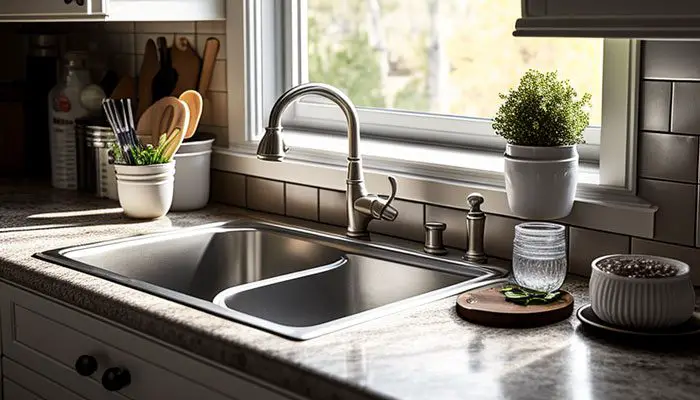
Bleach is primarily used as a disinfectant, but it can also be used to unclog drains that have been clogged by hair, soap scum, or grease. It may take a considerable time for bleach to unclog a drain if the clog is caused by something else, such as rice.
As bleach can damage pipes over time, it is not recommended to use it regularly to unclog drains. So while bleach may be a helpful tool in some situations, it’s not always the best option.
Enjoy Clogged-Free Drains
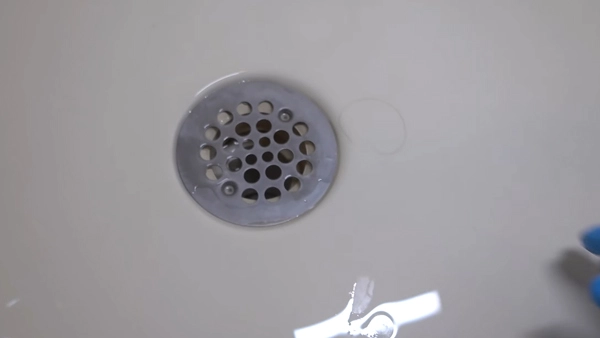
Hopefully, you have fully understood how to clean a clogged drain with rice. These methods are all safe and effective for clearing clogs. Drain snakes, plungers, and vacuums may require some effort on your part. Your hands may also get filthy when clearing the clog with these tools.
If you don’t mind getting your hands filthy, then these methods should work just fine. Using baking soda, vinegar, and drain cleaner is the easiest way to clear the clog without having to put in much effort.
Depending on your convenience, you may use any of these methods. Ensure that you follow the suggested tips to further avoid clogging your drain. You can then relax and enjoy a clog-free drain.
Topics that Interest You:

